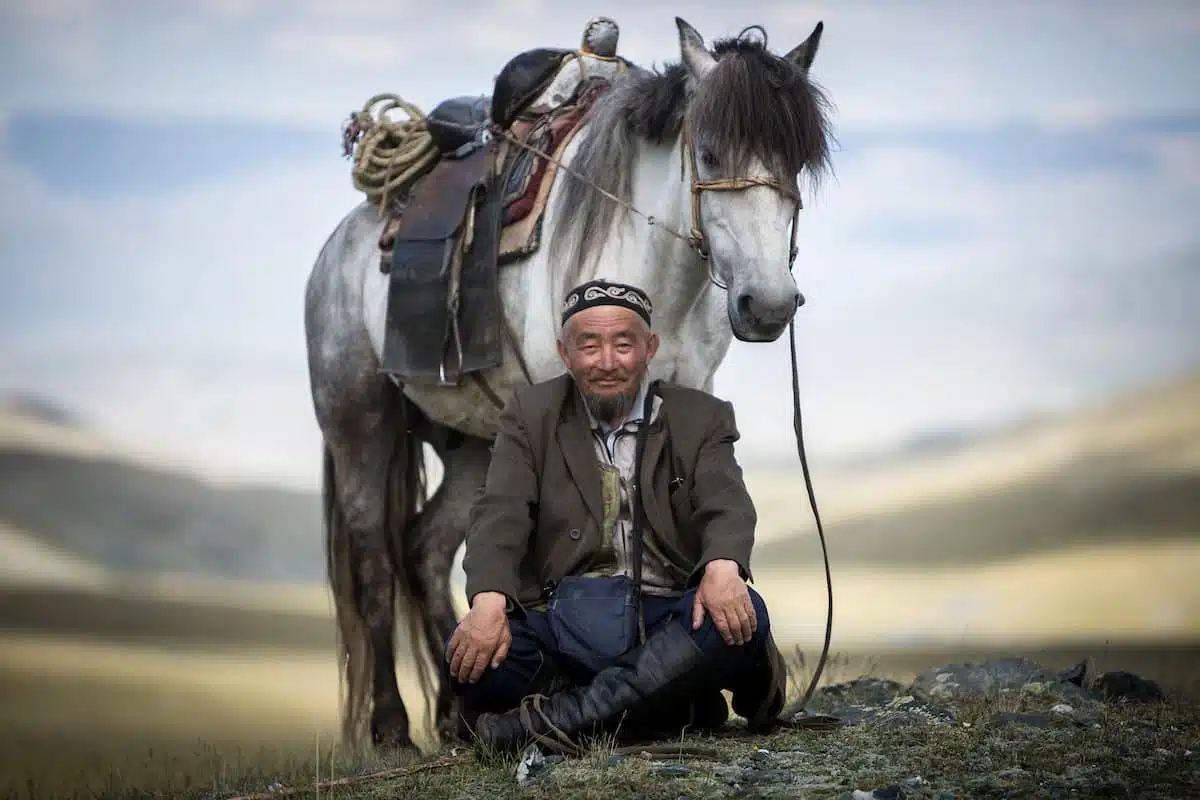Travel photography is an art form that combines exploration, storytelling, and technical skills to freeze moments that express the essence of a place and its people. This guide explores the core of travel photography, offering insights and tips to help you capture photos that are not only visually striking but also rich in narrative. Whether navigating bustling city streets or serene landscapes, these guidelines will equip you with the knowledge to bring back memorable photographs from your journeys.
Travel Photography
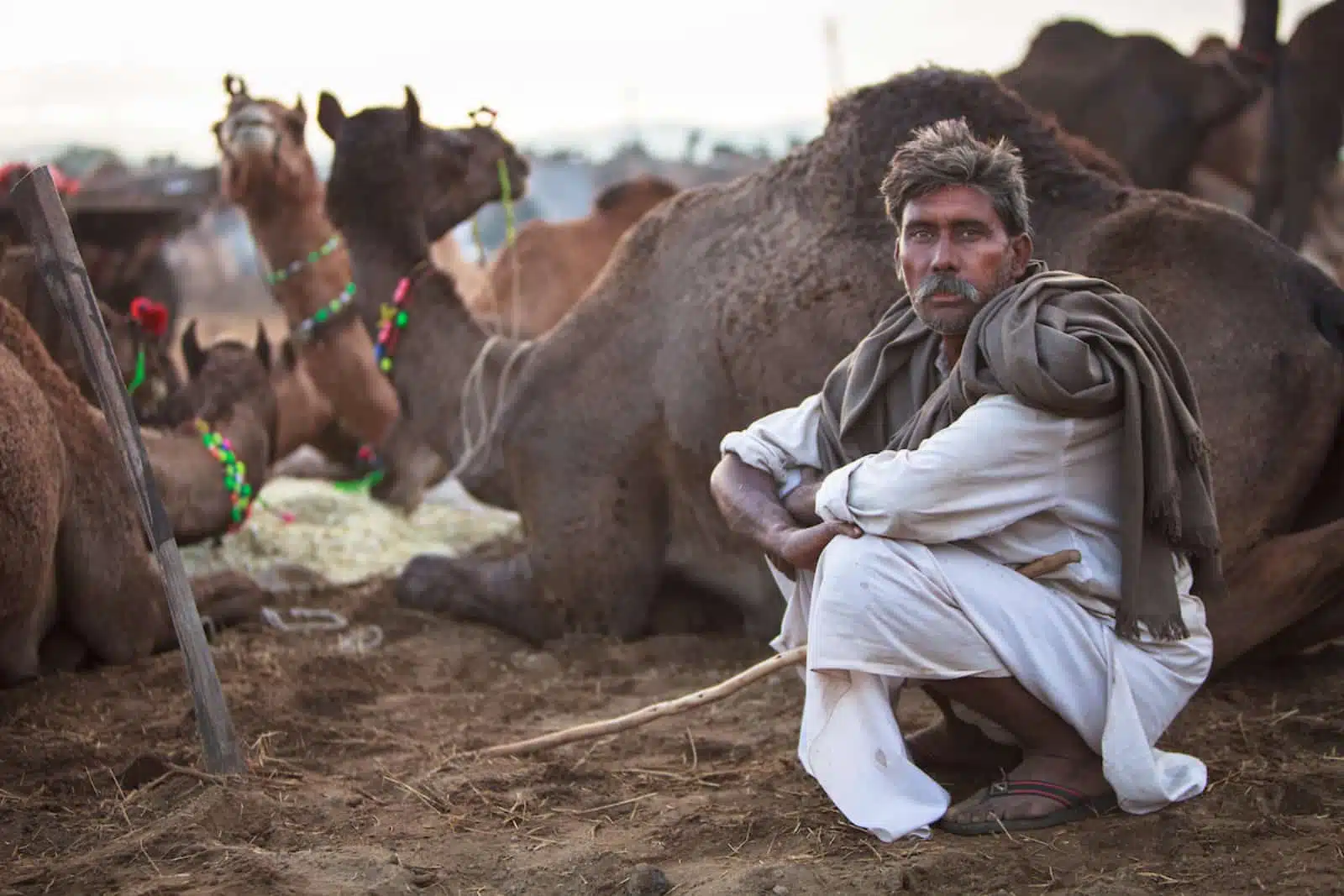
Image Credit: Shutterstock / Lesley Fisher Photography
Travel photography’s history is rich and diverse, evolving from the exclusive domain of professional explorers and photographers to a widespread passion fueled by technological advances and the democratization of travel. In its early days, travel photography was a means of documenting uncharted territories, exotic cultures, and remote landscapes, often for scientific or exploratory purposes. The advent of portable cameras in the late 19th and early 20th centuries allowed more individuals to document their travels, transforming travel photography into personal expression and storytelling.
One of the most influential figures in the history of photography, Ansel Adams, played a pivotal role in elevating landscape photography—a key component of travel photography—to an art form. Adams’ work in the American West, particularly his iconic images of Yosemite National Park, demonstrated the power of photography to capture the sublime beauty of nature. His exacting approach to composition, lighting, and technique has inspired generations of photographers to view travel photography as a way to record what they see and as a creative means to convey a place’s emotional and aesthetic spirit.
The Master of Travel Photography, Lesley Fisher
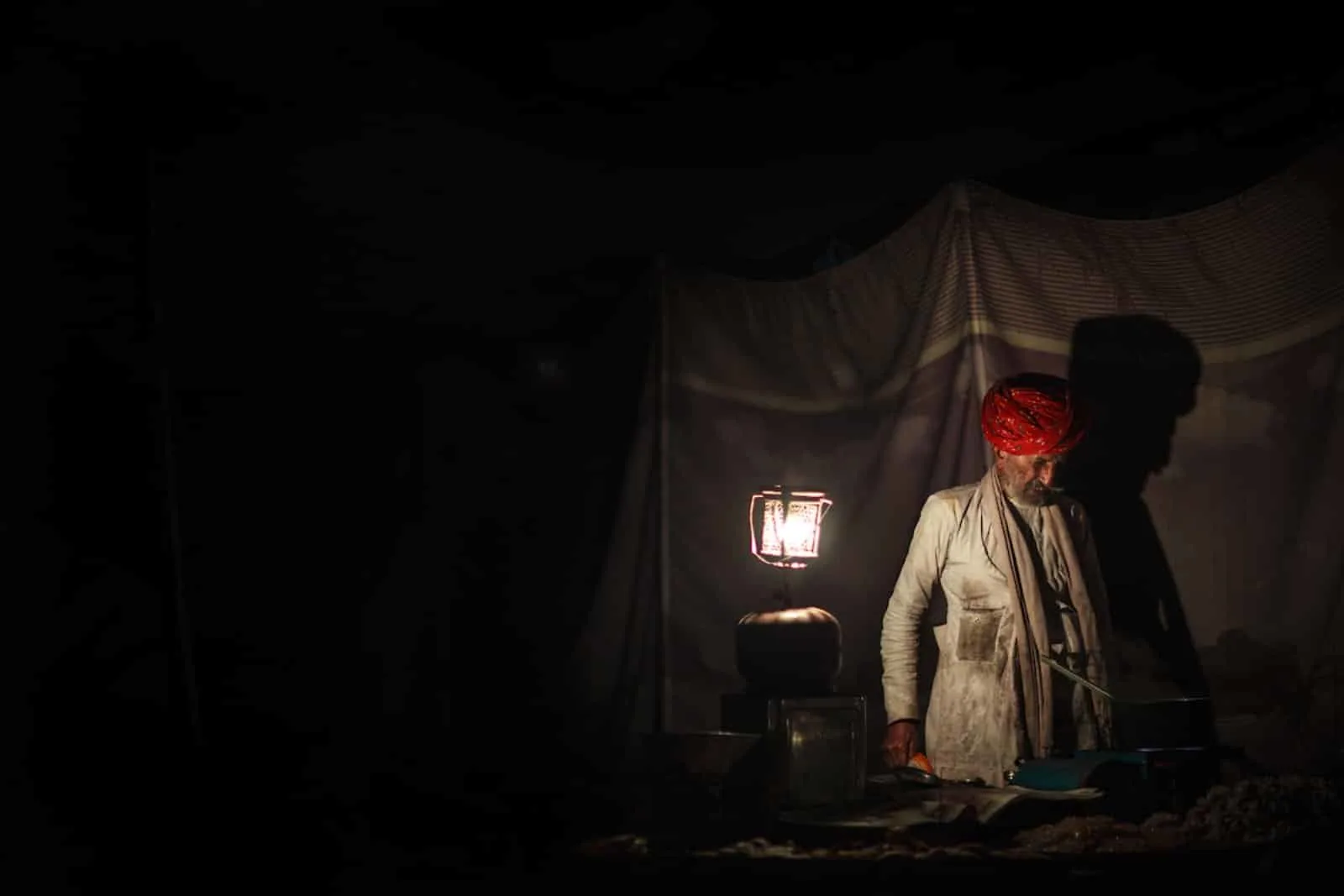
Image Credit: Shutterstock / Lesley Fisher Photography
Upon graduating from Stirling University in Scotland with an honors degree in Psychology, Lesley Fisher embarked on a journey that blended her passion for the arts with an adventurous spirit. Her career in travel photography, which she commenced full-time almost a decade ago, has been a conduit for her quest for adventure and her artistic expression. Her portfolio, enriched by published works, is increasingly sought after by picture editors and art directors.
For the past 23 years, Fisher has called Thailand her home, where she initially worked in the travel and hospitality industry. Her fluency in Thai highlights her immersive approach to life and her surroundings. This approach is further evidenced by her certification as a PADI rescue diver and her proficiency in Mysore Ashtanga Yoga, showcasing her commitment to experiencing life fully and engaging deeply with her environment.
Fisher’s photographic journey has transitioned from her early days in luxury hotel and villa hospitality to her current status as a renowned international travel and architectural photographer and interior styling expert. Her work commands attention across the globe, with commissions leading her from various corners and islands in Asia to Europe and New York, among other locations. Continuously traveling and photographing in some of the world’s most remote locales, Fisher refines her skills while imparting her distinctive blend of charm and humor to all she encounters.
Environmental Responsibility
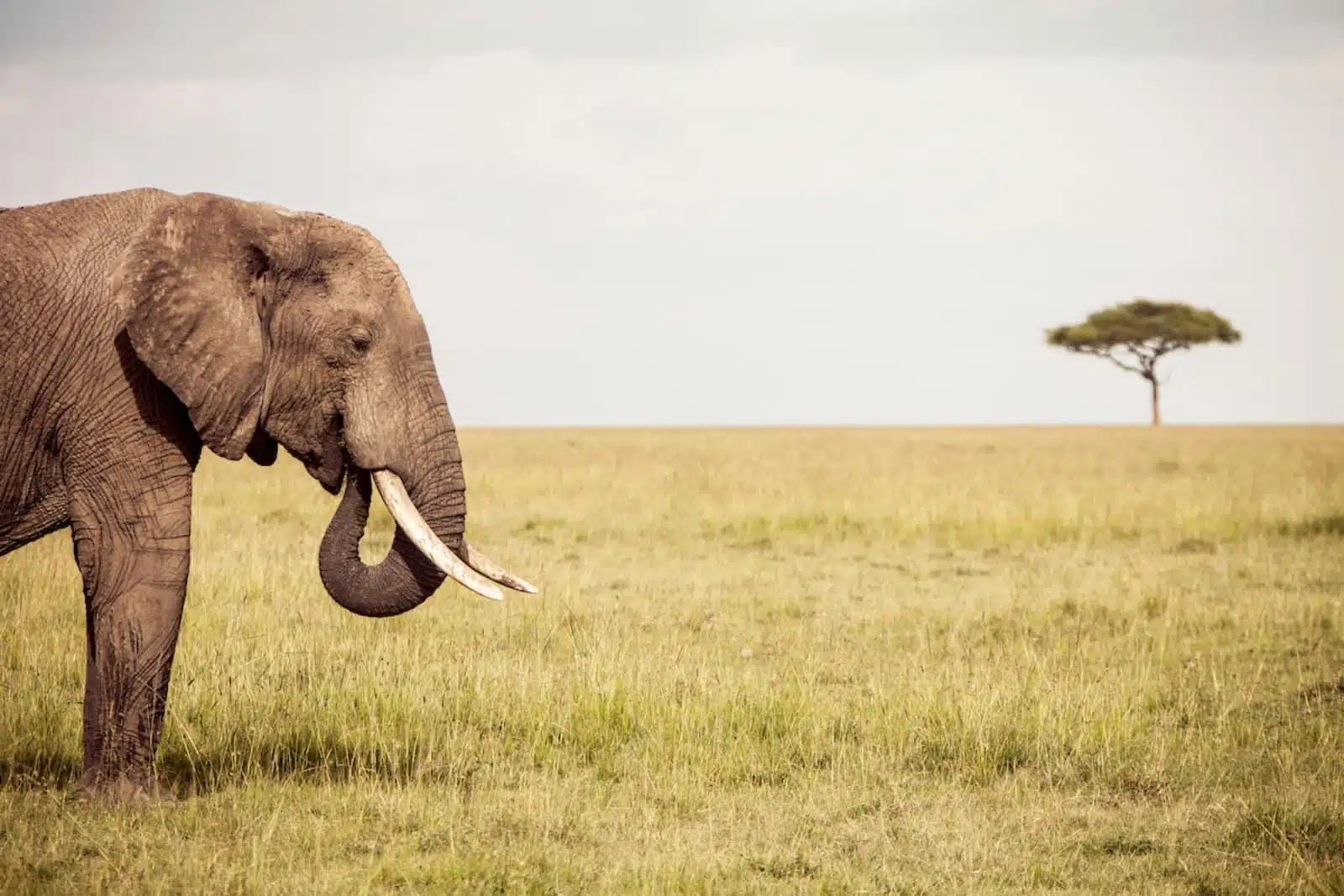
Image Credit: Shutterstock / Lesley Fisher Photography
Environmental responsibility in travel photography emphasizes the importance of sustainable and respectful practices towards natural landscapes, wildlife, and local communities. Fisher urges photographers to minimize their ecological footprint by adhering to paths, maintaining distance from wildlife, and engaging with local cultures sensitively. Adopting eco-friendly travel options, durable equipment, and support for conservation efforts further underscores the commitment to preserving documented environments. Sharing images with consideration for their potential impact, alongside continuous education on environmental issues, reinforces the role of photographers in advocating for the protection of natural and cultural heritage.
Collaboration with local authorities, NGOs, and conservation groups enhances understanding of specific environmental challenges, leading to more informed photography practices. By embodying these principles, travel photographers capture the world’s beauty and contribute to ensuring its preservation for future generations. The collective effort towards environmental stewardship and cultural respect is crucial in maintaining the integrity of the diverse landscapes and communities that she seeks to document.
Understanding Light and Time of Day
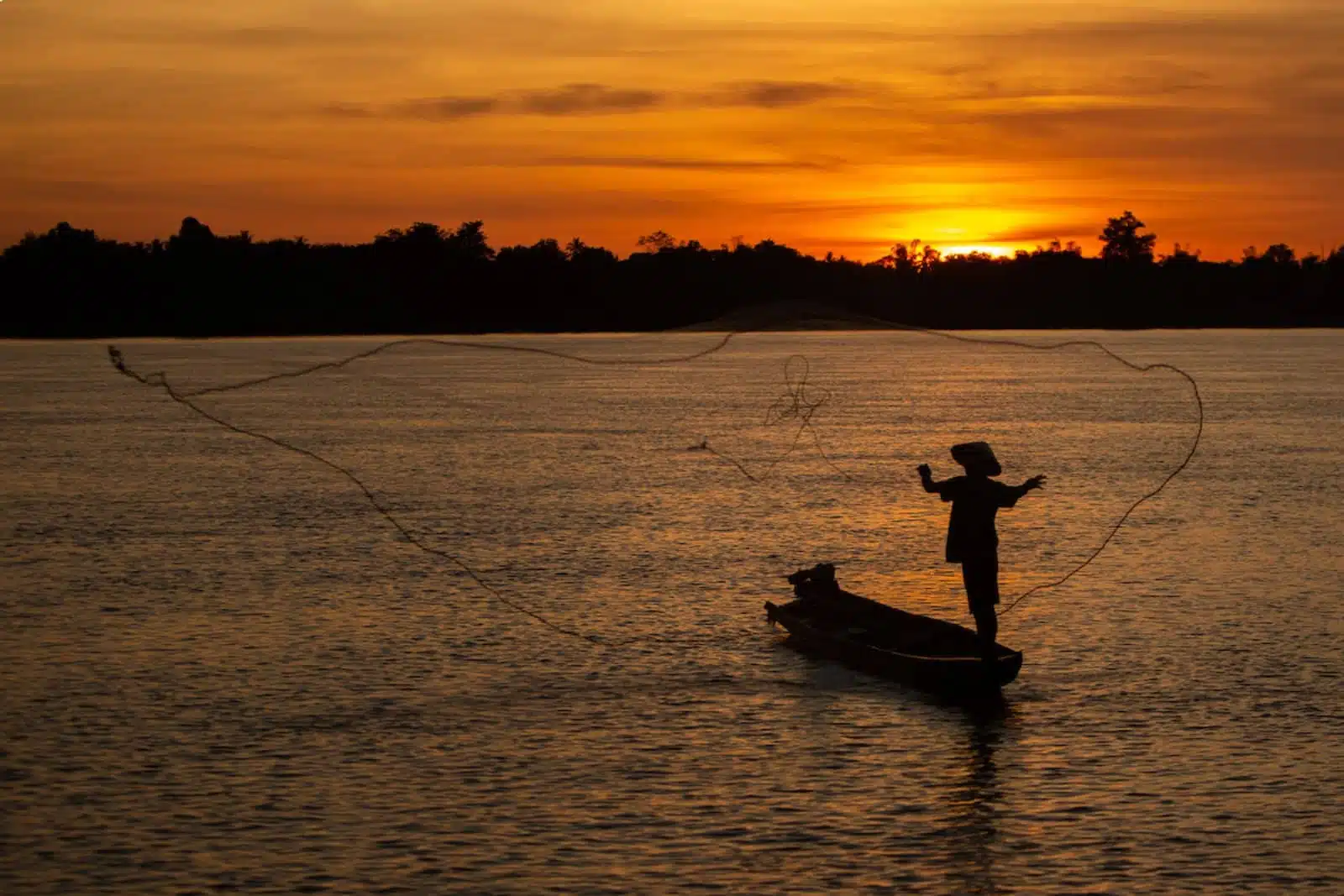
Image Credit: Shutterstock / Lesley Fisher Photography
The quality of light significantly impacts the mood and aesthetic of your photographs. Early morning and late afternoon, known as the golden hours, provide soft, warm light that enhances textures and colors. Conversely, just before sunrise or after sunset, the blue hour offers cool, ethereal light ideal for capturing cityscapes with glowing lights against a twilight sky. Midday light tends to be harsh and flat, often considered unfavorable for photography, but it can be used creatively to capture strong shadows and high-contrast scenes.
Composing with Purpose
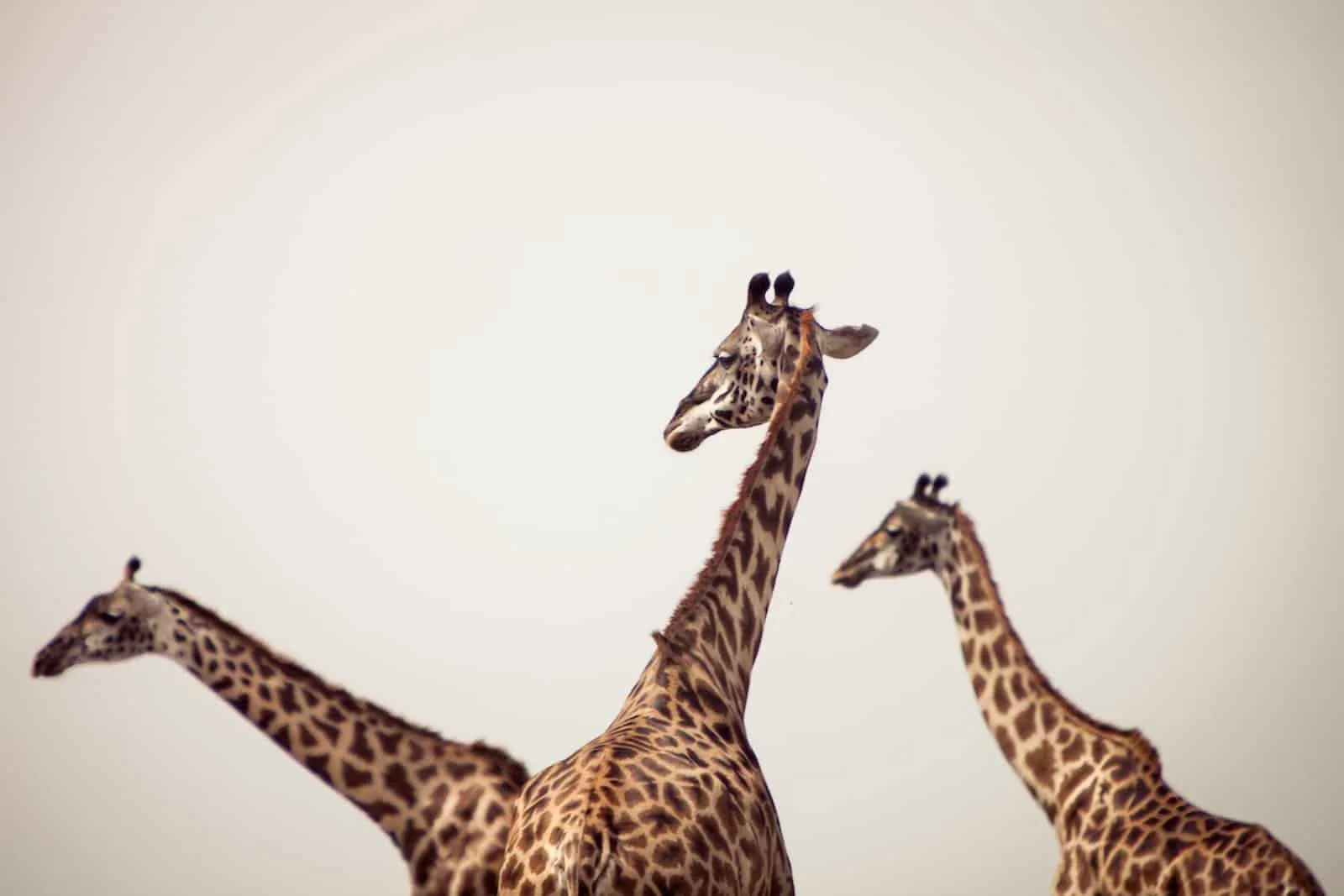
Image Credit: Shutterstock / Lesley Fisher Photography
Composition is the backbone of a compelling photograph. The rule of thirds, leading lines, framing, and symmetry are just a few principles that can guide you in creating balanced and engaging images. Mastering these principles not only empowers you to craft visually captivating images but also provides valuable input for refining your creations through picture editor software for the post-processing. However, the essence of travel photography lies in telling a story — your composition should be aesthetically pleasing and convey a narrative or emotion that resonates with the viewer.
Capturing the Essence of the Locale
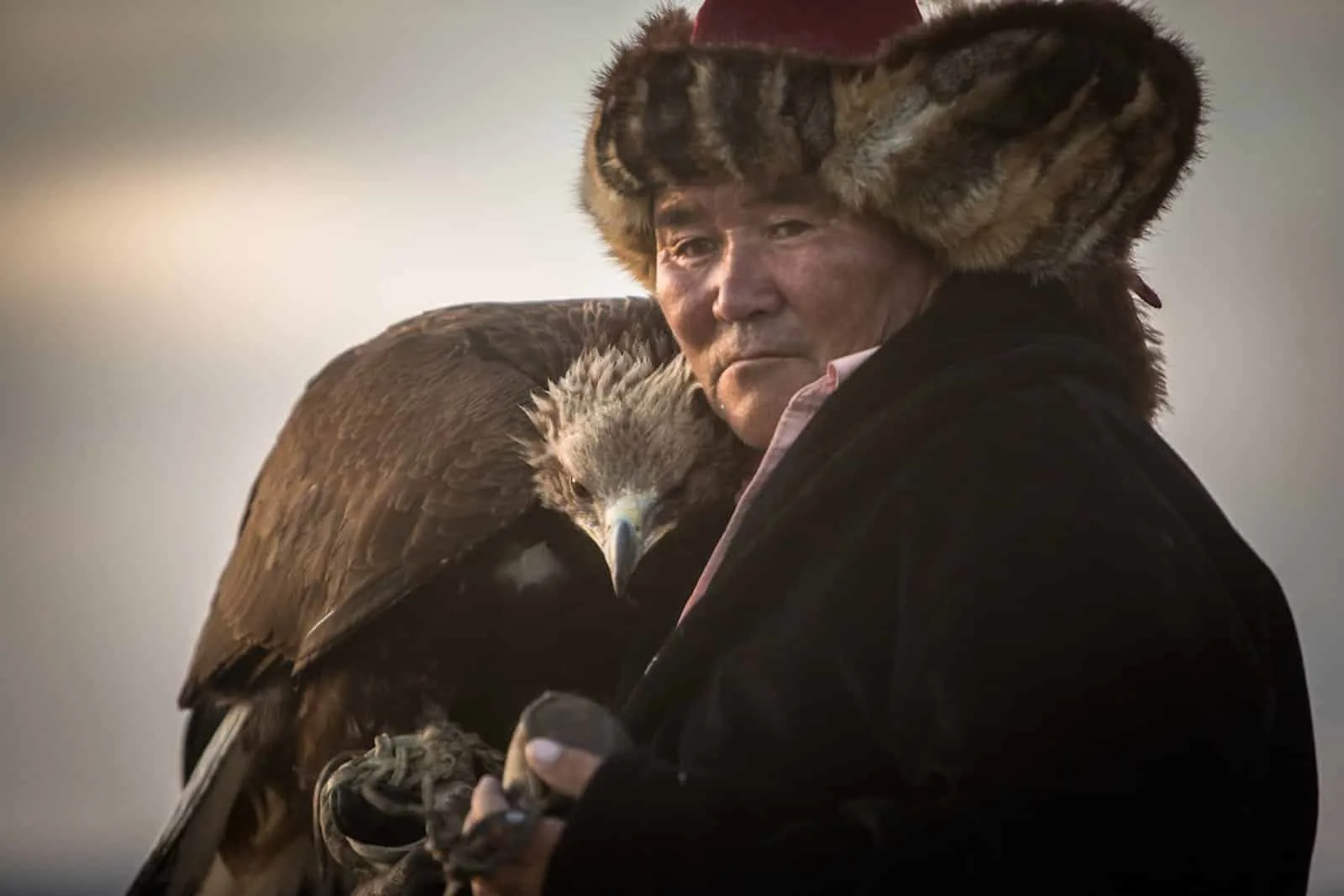
Image Credit: Shutterstock / Lesley Fisher Photography
Travel photography is about capturing the essence of a place. This includes the people, the culture, the food, and the everyday moments that give a destination its character. Engaging with locals and immersing yourself in the culture can provide insights and access to moments tourists often overlook. Respect and sensitivity towards the people and places you photograph are paramount.
Embracing the Unplanned and Spontaneous
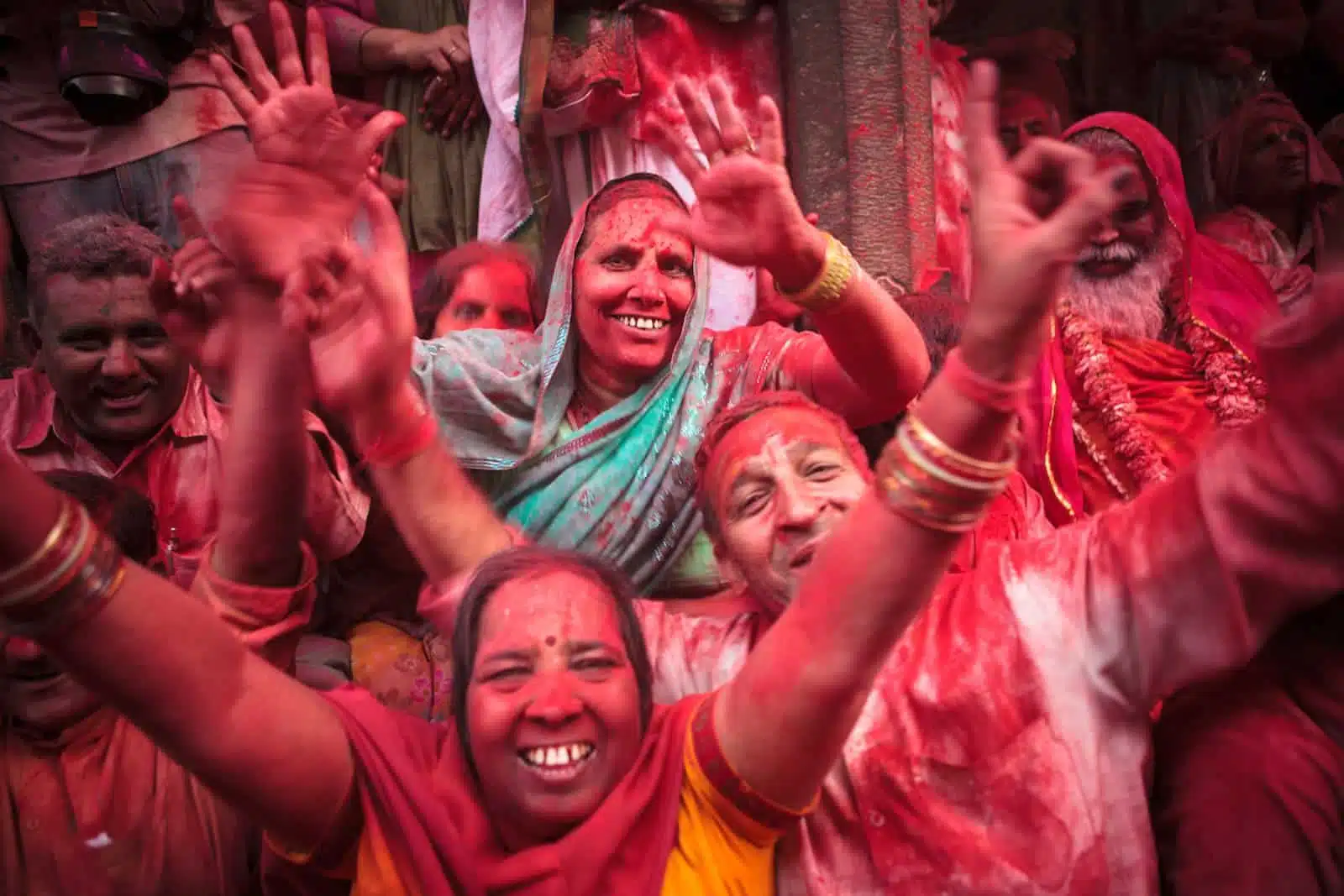
Image Credit: Shutterstock / Lesley Fisher Photography
Some of the most impactful travel photographs come from unplanned moments and spontaneous encounters. While it’s essential to research and plan your photography around certain landmarks or events, leaving room for spontaneity can lead to unique and personal images that stand out. This approach requires a degree of flexibility, openness, and an always-ready mentality with your camera gear.
The Importance of Patience in Photography

Image Credit: Shutterstock / Lesley Fisher Photography
Patience is a virtue, especially in travel photography. Waiting for the perfect light, for a crowd to clear, or for a moment to unfold naturally can make the difference between a good photo and a great one. This often means visiting a site multiple times or waiting in one spot for conditions to align perfectly. The ability to wait is a skill that can transform your photography, allowing you to capture images with intention and impact.
Mastering the Art of Street Photography

Image Credit: Shutterstock / Lesley Fisher Photography
Street photography is a compelling aspect of travel photography that captures the essence of everyday life. It requires a keen eye for detail, timing, and anticipating moments. Successful street photography tells a story about the place and its people, often revealing emotions, interactions, and cultural nuances. It’s about finding beauty and interest in the mundane and presenting it in a way that resonates with viewers.
Navigating Cultural Sensitivities

Image Credit: Shutterstock / Lesley Fisher Photography
Respecting cultural norms and sensitivities is paramount in travel photography. This means understanding and adhering to local customs, asking for permission before photographing people and being mindful of what is considered sacred or private. Sensitivity to your subjects ensures ethical photography practices, fosters mutual respect and can lead to more meaningful interactions and images.
Draw Inspirations but Don’t Copy
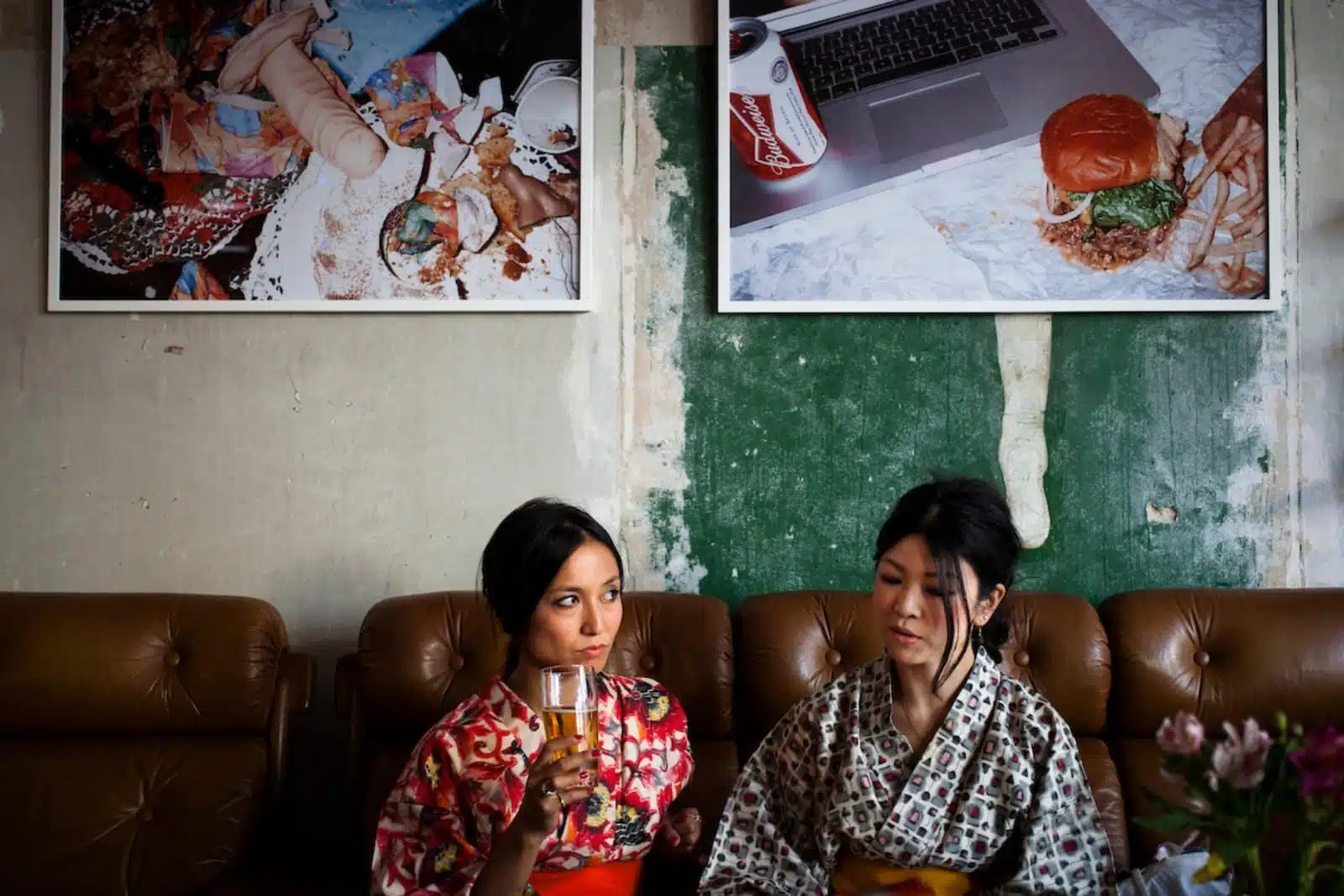
Image Credit: Shutterstock / Lesley Fisher Photography
In travel photography, drawing inspiration from the work of others is a valuable part of the creative process, yet it’s crucial to distinguish between being inspired and directly copying someone else’s work. Emulating the style, composition, or subjects of established photographers can serve as a learning tool, but authentic expression and innovation lie in using these influences to develop one’s unique perspective and voice. This approach respects the originality of others and pushes the boundaries of creativity.
Try Different Techniques

Image Credit: Shutterstock / Lesley Fisher Photography
Exploring various techniques is essential for growth and innovation in travel photography. Experimentation with different photographic methods—such as long exposures for dynamic landscapes, macro photography for detailed close-ups, or drone photography for aerial perspectives—can significantly enhance the diversity and appeal of a photographer’s portfolio. This approach encourages photographers to step out of their comfort zones, adapt to the unique challenges of each technique, and, ultimately, discover new ways to capture and convey the wonder of their travels. By continuously experimenting, photographers can refine their skills, develop a more versatile style, and produce work that stands out in the competitive field of travel photography.
Keep Safe and Know Your Locations
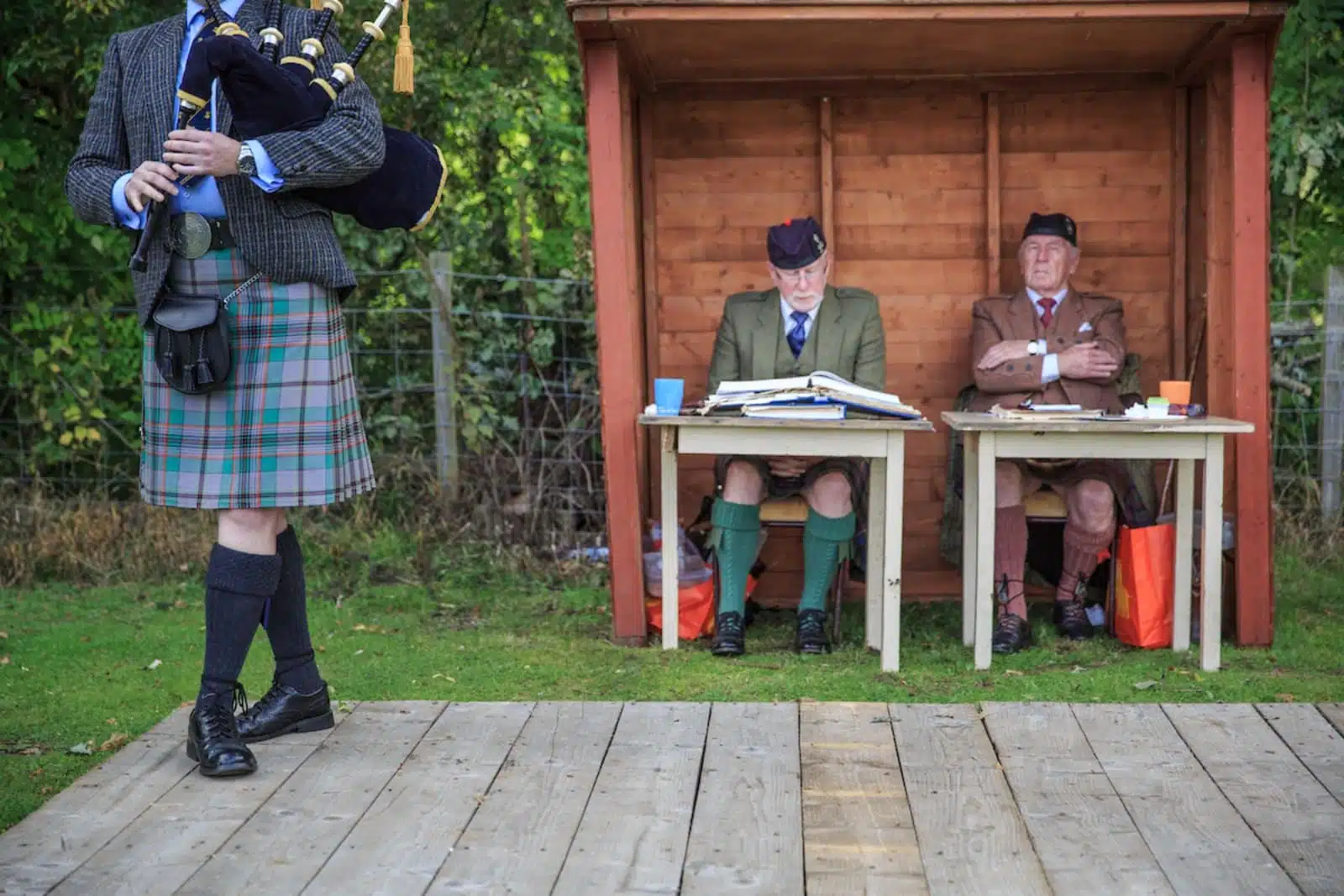
Image Credit: Shutterstock / Lesley Fisher Photography
Safety and location knowledge are paramount in travel photography, necessitating thorough research and preparation before venturing into new areas. Understanding a destination’s geographical, cultural, and political landscape can significantly mitigate risks, ensuring photographers make informed decisions about where and when to shoot. This includes being aware of local customs and laws, identifying potential hazards, and taking appropriate precautions to protect oneself and one’s equipment. Additionally, staying informed about the weather and environmental conditions can prevent unforeseen complications. Prioritizing safety and location awareness safeguards the photographer and respects the integrity of the communities and environments being photographed, fostering a responsible and sustainable approach to travel photography.
Enjoy Yourself

Image Credit: Shutterstock / Lesley Fisher Photography
Enjoyment is a fundamental aspect of travel photography, where the pursuit of compelling images should also embrace the experience of exploration and discovery. Engaging fully with the environment, immersing oneself in the moment, and appreciating the beauty and diversity of our world can enrich the photographic process, leading to more authentic and inspired work. This approach encourages photographers to view their journey not as an opportunity to connect with new cultures, landscapes, and stories, enhancing personal fulfillment and the overall quality of their portfolio. Ultimately, finding joy in travel photography benefits the photographer’s well-being and infuses their work with a sense of passion and vitality.
Share Your Images

Image Credit: Shutterstock / Lesley Fisher Photography
Sharing your images is vital to travel photography, fostering connections and enriching the photographic journey. Lesley Fisher exemplifies this ethos by always carrying an instant Polaroid camera during her travels, allowing her to share tangible images with her subjects on the spot. This practice offers a token of gratitude and respect to those who become part of her photographic narrative and bridges cultural and linguistic barriers, creating immediate, shared moments of joy and understanding. Beyond personal interactions, sharing images through exhibitions, social media, and publications can inspire others, extend the reach of one’s work, and invite dialogue and feedback, further enhancing the impact and relevance of travel photography in a global context.
Top Tips

Image Credit: Shutterstock / Lesley Fisher Photography
Research Your Destination: Understand the cultural, historical, and environmental aspects to find unique photographic opportunities.
Pack Light and Right: Choose versatile equipment that suits your style and the conditions of your destination.
Embrace the Golden Hour: Utilize the soft light of early morning and late afternoon for the most flattering illumination.
Practice Composition: Employ rules like the rule of thirds and leading lines to create visually compelling images.
Capture Candid Moments: Look for spontaneous, unposed moments that convey the essence of the place and its people.
Understand Local Customs: Respect and adhere to local traditions and norms, especially when photographing people and sacred sites.
Experiment with Perspectives: Try different angles and viewpoints to add depth and interest to your photos.
Use Manual Settings: Familiarize yourself with your camera’s manual settings to have more control over your shots.
Keep Your Gear Safe: Invest in a sturdy bag and use protective gear to secure your equipment in various environments.
Be Patient: Wait for the right moment when the light, subject, and composition align perfectly.
Edit Thoughtfully: Enhance your photos post-shoot with editing software, but avoid over-processing.
Share Your Work: Use social media, blogs, or exhibitions to share your images and experiences.
Stay Flexible: Be open to changing your plans based on weather, lighting, or unexpected discoveries.
Keep Learning: Continuously seek inspiration from other photographers and new experiences to improve your skills.
Enjoy the Process: Remember to experience the moment and enjoy your surroundings, not just through your lens.
The Bottom Line

Image Credit: Shutterstock / Lesley Fisher Photography
Travel photography is about engaging deeply with the world, telling stories through your lens, and respecting the diversity of cultures and people you encounter. By embracing spontaneity, practicing patience, mastering photography, and navigating cultural sensitivities, you enrich your portfolio and your personal experience of the world. As you set out on your next adventure, remember that the most memorable photos reflect a genuine connection with the moment and the essence of the place. Keep exploring, keep learning, and let your photography be a bridge between you and the vast, beautiful world we share.
More From The Green Voyage
Top 10 Trending Travel Destinations 2024
6 Essential Banking Apps for International Travel – Managing Your Finances on the Go
Traveling With Kids – 10 Tips to Create Memorable Family Holidays
The post Mastering Travel Photography 2024 first appeared on The Green Voyage.
Featured Image Credit: Shutterstock / Lesley Fisher Photography.
For transparency, this content was partly developed with AI assistance and carefully curated by an experienced editor to be informative and ensure accuracy.
Tips for Trip Success
Book Your Flight
Find an inexpensive flight by using Kayak, a favorite of ours because it regularly returns less expensive flight options from a variety of airlines.
Book Your Hotel or Special Accommodation
We are big fans of Booking.com. We like their review system and photos. If we want to see more reviews and additional booking options, we go to Expedia.
You Need Travel Insurance!
Good travel insurance means having total peace of mind. Travel insurance protects you when your medical insurance often will not and better than what you get from your credit card. It will provide comprehensive coverage should you need medical treatment or return to the United States, compensation for trip interruption, baggage loss, and other situations.Find the Perfect Insurance Plan for Your Trip
